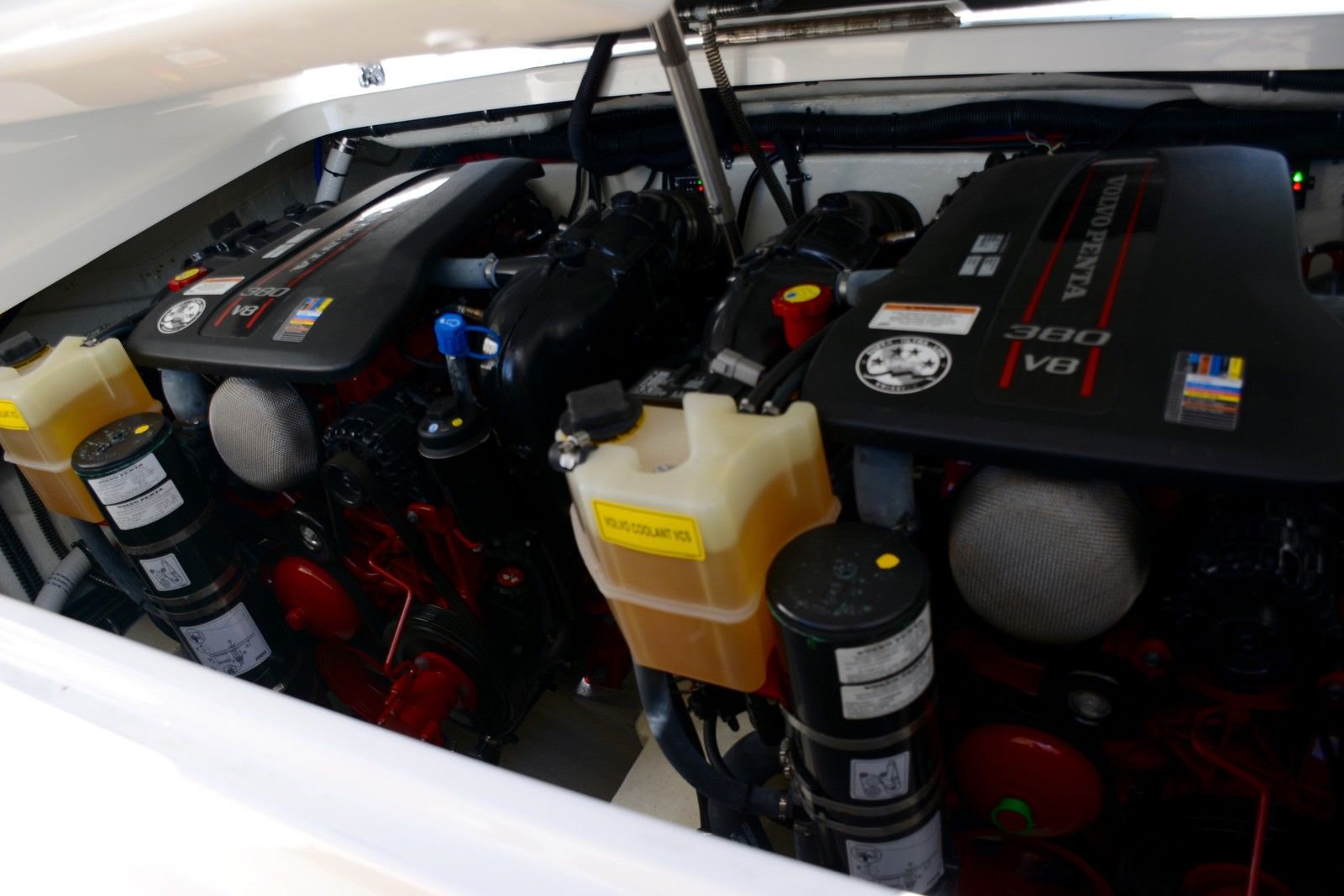

- #APPLEWIN MAKE SECONDARY JOYSTICK PRIMARY PORTABLE#
- #APPLEWIN MAKE SECONDARY JOYSTICK PRIMARY SOFTWARE#
The //c was designed as a compact, portable unit, not intended to be disassembled, and could not use most of the expansion hardware sold for the other machines in the series.Īll machines in the Apple II series had a built-in keyboard, with the exception of the IIgs which had a separate keyboard.Īpple IIs had color and high-resolution graphics modes, sound capabilities and a built-in BASIC programming language. Over the course of the Apple II series' life, an enormous amount of first- and third-party hardware was made available to extend the capabilities of the machine.

The motherboard held eight expansion slots and an array of random access memory (RAM) sockets that could hold up to 48 kilobytes. The plastic case was designed to look more like a home appliance than a piece of electronic equipment, and the machine could be opened without the use of tools, allowing access to the computer's internals. The total Apple II sales of all of its models during its 16-year production run were about 6 million units, with the peak occurring in 1983 when 1 million were sold.Īll the machines in the series, except the //c, shared similar overall design elements. The last II-series Apple in production, the IIe card for Macintoshes, was discontinued on October 15, 1993. Apple continued to sell Apple II systems alongside the Macintosh until terminating the II GS in December 1992 and the IIe in November 1993. An Apple IIe with disk drive and monitorĭespite the introduction of the Motorola 68000-based Macintosh in 1984, the Apple II series still reportedly accounted for 85% of the company's hardware sales in the first quarter of fiscal 1985.
#APPLEWIN MAKE SECONDARY JOYSTICK PRIMARY SOFTWARE#
The effort to develop educational and business software for the Apple II, including the 1979 release of the popular VisiCalc spreadsheet, made the computer especially popular with business users and families. It was aggressively marketed through volume discounts and manufacturing arrangements to educational institutions, which made it the first computer in widespread use in American secondary schools, displacing the early leader Commodore PET. The Apple II became one of several recognizable and successful computers during the 1980s and early 1990s, although this was mainly limited to the US. The Apple II was one of the longest running mass-produced home computer series, with models in production for just under 17 years. By the end of production in 1993, somewhere between five and six million Apple II series computers (including about 1.25 million Apple II GS models) had been produced. The Apple II was first sold on June 10, 1977.

It remained compatible with earlier Apple II models, but the II GS had more in common with mid-1980s systems like the Atari ST, Amiga, and Acorn Archimedes. Through 1988, a number of models were introduced, with the most popular, the Apple IIe, remaining relatively unchanged into the 1990s.Ī model with more advanced graphics and sound and a 16-bit processor, the Apple II GS, was added in 1986. In terms of ease of use, features, and expandability, the Apple II was a major advancement over its predecessor, the Apple I, a limited-production bare circuit board computer for electronics hobbyists. Please see the CONTRIBUTING doc before raising new bugs, features and especially PRs.The Apple II series (trademarked with square brackets as " Apple ] designed primarily by Steve Wozniak, manufactured by Apple Computer (now Apple Inc.), and launched in 1977 with the original Apple II. VidHD card (functionality limited to IIgs' Super Hi-Res video modes)ĭownload latest (stable) release: AppleWin v1.30.14.1.Language Card and Saturn 64/128K for Apple II/II+.RGB cards: Apple's Extended 80-Column Text/AppleColor Adaptor Card and 'Le Chat Mauve' Féline.Apple IIe Extended 80-Column Text Card and RamWorks III (8MB).Disk II interface for floppy disk drives.

Mockingboard, Phasor and SAM sound cards.Peripheral cards and add-on hardware supported: NTSC, RGB) and there's an extensive built-in symbolic debugger. A variety of peripheral cards and video display modes are supported (eg. AppleWin is a fully-featured emulator supporting different Apple II models and clones.


 0 kommentar(er)
0 kommentar(er)
